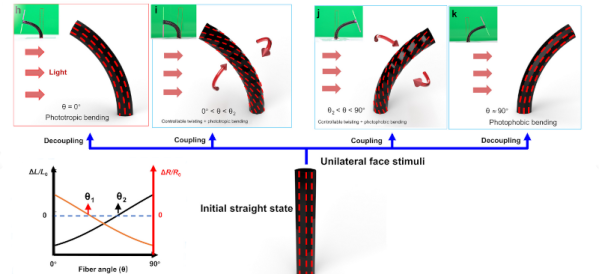It sounds like bad science fiction or anime, but researchers are creating helical-artificial fibrous muscle structured tubular soft actuators. What? Oh, tentacle robot arms. Got it.
The researchers at Westlake University in China found inspiration in elephant trunks. Elephant trunks are entirely devoid of bone but use a tubular muscle structure. By deforming certain muscles, complex motion is possible. After understanding how they work, it was just a matter of making a similar structure from artificial muscle fibers.
The resulting actuator uses smart materials and has eleven different morphing modes — more than other attempts to build similar structures. The fabrication sounds difficult, it involves stretching chemically reactive materials over a form with specific winding angles.
The fibers react to light. Depending on the configuration, the stalk can seek light or avoid light. We were hoping the “Materials and Methods” section would give some ideas of how to do this ourselves, but it looks like you’d need some uncommon liquid crystal materials, and you’d also have to work out some of the details.
Animatronic tentacles are usually complex cable affairs. However, we have seen some soft robots in the past, too.















